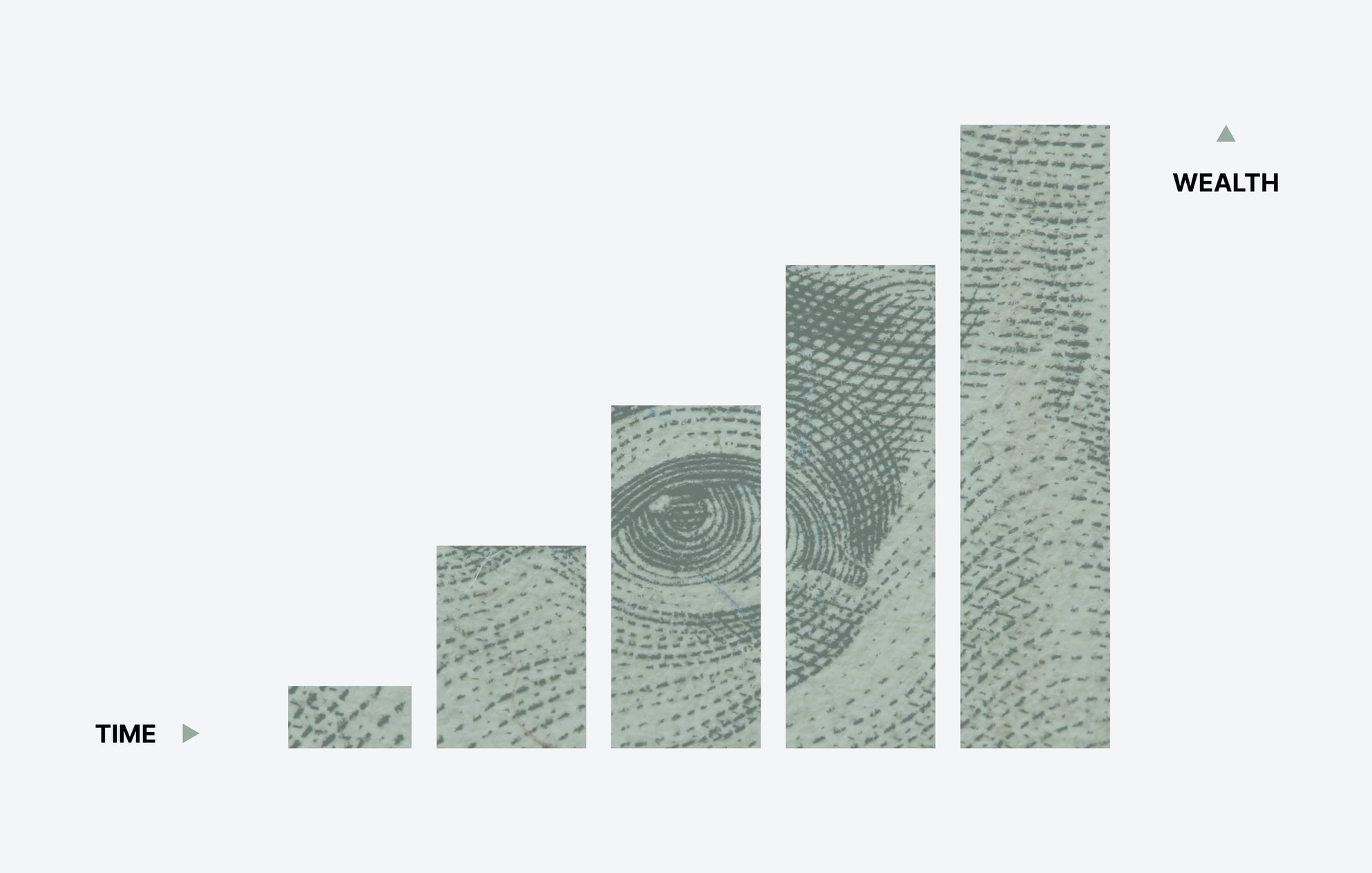 This year, perhaps more than ever, we have seen how starkly real estate market performance stands against other metrics — against stock performance and economic statistics. The pandemic has unleashed a unique set of circumstances regarding real estate, but it alone has not been the sole determining factor separating high-performing real estate markets from lower-performing ones.
This year, perhaps more than ever, we have seen how starkly real estate market performance stands against other metrics — against stock performance and economic statistics. The pandemic has unleashed a unique set of circumstances regarding real estate, but it alone has not been the sole determining factor separating high-performing real estate markets from lower-performing ones.
As real estate investors, to say that the market has been stressful is likely an understatement. Despite astounding market performance on most fronts, the uncertainty of it all has been taking its toll. Where should we invest? What should we avoid? The market seems topsy-turvy in so many ways, and, as investors, we must identify what qualities are bolstering successful real estate markets.
While we may struggle to see where this is all going, there are some things that successful markets have in common.
Universal Factors Impacting U.S. Real Estate
Before we dive into the qualities that are unique to successful post-COVID real estate markets, we must recognize that important factors are driving every market — both strong and weak:
Low Interest Rates — Low-interest rates are something we have mentioned often in the past several months. These record-low rates have provided a massive incentive to buyers and homeowners looking to refinance. This has, in many cases, been behind the growth of home prices and a source of increased real estate demand.
Economic Hardship — The coronavirus has taken a huge economic toll on the country. The impact has primarily been felt by minority families and lower-paid sectors of the economy. We see that there have been high rates of difficulty regarding access to adequate food and paying rent. 11 percent of adults in the United States (that’s 27.7 million people) report that their household has not had enough to eat in the last seven days. While the unemployment rate has fallen to 8.4 percent, it is still more than double pre-COVID-19 rates.
4 Qualities Unique to Successful U.S. Real Estate Markets
A Strong Suburban Market
One of the biggest real estate trends to emerge as a result of COVID-19 has been migration to suburban and rural markets — or markets with the sprawl to offer lower population densities. The housing market has been the only space to see “immunity” from coronavirus impact, largely due to increased demand for different types of housing and the incentive of low interest rates. While we’re not seeing the masses flee population-dense urban areas like some headlines would have us believe, coronavirus has set the stage for a pattern of out-migration to suburban and rural areas thanks to health concerns and a growing remote workforce. Even if the suburban migration is overstated, the increasing demand for single-family properties — particularly single-family rentals — points towards markets that offer more than cramped apartment housing and budget-busting properties.
An Existing Boom
During the Great Recession, the markets that came out on top were often those that had seen more tempered growth than others. Emerging first from the recession were markets with more affordable housing (versus over-inflated prices) and job opportunities. With the COVID-19 recession in full swing, we’re seeing that the markets performing well are those that recovered — and thrived — after the Great Recession. Disparities in job opportunities and housing affordability make it more difficult to make it in a market. However, the existence of a pre-COVID economic boom and positive economic trends have created more resilient markets overall. Think Dallas and Houston — though they have both suffered various hardships from storms and oil crises, their tenacious market has continued to display remarkable stability and growth.
Be sure to check out: When and Where Do We Invest in the Middle of a Pandemic?
A Range of Affordability
The affordability gap is not new to the post-COVID real estate market. However, in these trying economic times, that gap becomes more pronounced and more impactful for more families. The catch-22 is that while cheap properties are enticing, it’s the more expensive properties that have earned the lion’s share of appreciation. With the economy so much in question, however, to grin and bear it when it comes to expensive houses seems less and less attractive an option.
The markets that are performing best right now are those that have a range of price points to choose from. The market suffers most from a lack of affordable housing, but, in terms of investment, you don’t want a market solely composed of affordable housing. These properties don’t appreciate in the same way. This is also, in part, why we have seen such an increased demand for single-family rental properties.
Job Opportunities
As always, real estate market performance is linked to a market’s local economy. Strong fundamentals are linked to market strength, and there’s nothing more fundamental than the job market. As always, markets that continue to have higher-paying, skilled job opportunities have fared far better than those consisting primarily of lower-wage work. This is because these higher-wage jobs are often those that accommodate remote work, wherein retail, restaurant, and hospitality sectors have struggled.
While the real estate market may seem uncertain, knowing what to look for in your investment markets equips you with the confidence and know-how to find success in any market climate.
Invest where it counts. REI Nation connects you to world-class markets where thousands of our investors build their passive wealth through real estate.












